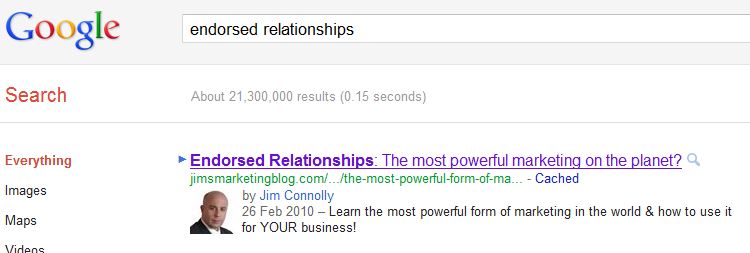This post has some valuable information, for those of you either starting a commercial blog or thinking of taking their existing blog more seriously. It’s about understanding the time investment required, if you want to build a commercially successful blog.
Blogging time
A common misconception regarding blogging, is that the time investment required to build a successful blog, is primarily the time it takes to write posts. Whilst at the very beginning, the time it takes to write your posts accounts for a big chunk of your blogging time, once your blog gets established, the time you spend writing the posts becomes a smaller and smaller percentage. Currently, just 20% of my blogging time is spent writing posts. The majority of my time is spent looking after the elements that come into play, when thousands of people read your content every day and your work becomes highly visible.
That’s what I want to share with you in this post.
A wonderful challenge
It’s a wonderful challenge to have, but one that is seldom discussed. The thing is, if you are thinking of either starting your own commercial blog or you are about to start taking your existing blog seriously, you need to know the kind of time commitment required once your blog takes off. In the case of this blog, it’s a few hours a day now.
When I started Jim’s Marketing Blog, almost 4 years ago, I would invest around 30 minutes writing a post and then an hour a day marketing that post and the blog itself. I would get to know the people who commented here, connecting with them on Twitter and (back then) Friendfeed. It was fun, enjoyable work, but there was a time investment required, which I knew I needed to make if I wanted the blog to progress.
Fast forward 4 years and I still do all of that, though I now use Google+ (a LOT), Twitter and Facebook. However, today I ALSO invest around 2 hours on other blog related activities.
Blog related activities?
As your readership builds and your blog ranks well for lots of popular search terms, you will attract lots more attention. This includes:
- Sales pitches: Anyone Googling the words ‘marketing blogs’ will find my blog on page 1, so, when they want someone to pitch a marketing related product to, they always find me.
- Guest bloggers: I also get emails daily from people asking if I will let them ‘guest blog’ here. Because none of them do any research, they are unaware it’s a self-authored blog, so email me anyway.
- Reader questions: I get lots of emails every day from readers, with often extremely complex marketing related problems. Whilst I am unable to offer them individual support, I do reply to every reader email.
- Advertiser emails: Because of the blog’s position on Google, I get emails all the time from people who want to advertise here.
- PR spam: PR firms insist on adding me to their lists, without consent, when sending out their client’s press releases, even though I have never published a press release here. PR spam is easily the biggest source of unwanted email I encounter, with 30/40 emails a day.
N.B: Yes, I know it would be a lot easier for me to just hit delete on every email or have filters set up to try and catch the pitches, PR spam and link requests, but it would mean many genuine, reader emails being lost and I am not prepared to do that.
All in all, I would say that actually writing blog posts is now less than 20% of the time I currently invest in this blog and activities directly related to it.
And in return?
The rewards are many and huge!
If you have the time or can make the time, to handle the feedback created by a successful blog, the pay-off is amazing. Make no mistake, starting this blog was easily the most valuable business decision I ever made and has repaid me many, many times over for what I have invested into it. The benefits of blogging can be stunning, if you manage to develop a large, targeted reader community:
- Most important for me is the opportunity to connect with, work with and meet amazing people. The readers of this blog are my biggest commercial asset. I feel like I know many of those who comment here and must have spoken to a couple of hundred of you so far. It’s a true reader community and invaluable to me.
- You can contribute to others, in a way that helps hundreds of thousands of other people every year. It’s impossible to overstate the value of this, for those of us who are committed to serving others.
- You can build a very enjoyable, 6 figure business from it, as I did here. If affiliate products or software sales are your thing, look at what Brian Clark did with copyblogger, launching several, million dollar businesses off his blog. It just requires skill, time and a LOT of work!
- You will attract countless opportunities for you and your business, as your reach and influence increases.
- You will also get a massive amount of enjoyment from it.
In short: If you are serious about developing your blog into a massively valuable asset, make sure that you have processes in place, for what happens as your blog takes off.



